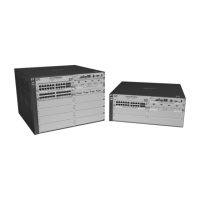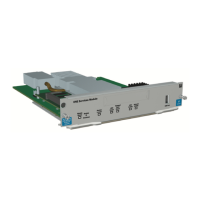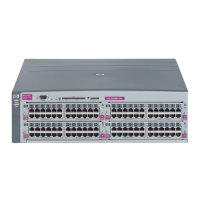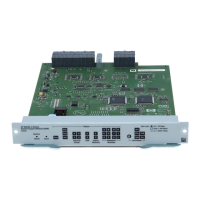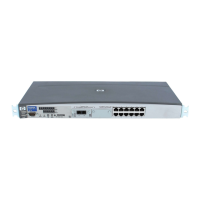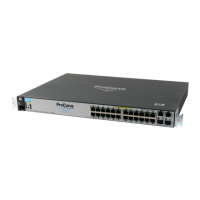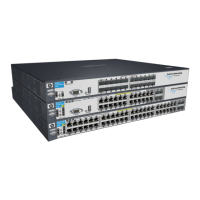11
Configuring and Monitoring Port Security
Contents
Overview . . . . . . . . . . . . . . . . . . . . . . . . . . . . . . . . . . . . . . . . . . . . . . . . . . . . 11-3
Port Security . . . . . . . . . . . . . . . . . . . . . . . . . . . . . . . . . . . . . . . . . . . . . . . . . 11-4
Basic Operation . . . . . . . . . . . . . . . . . . . . . . . . . . . . . . . . . . . . . . . . . . . . 11-4
Eavesdrop Protection . . . . . . . . . . . . . . . . . . . . . . . . . . . . . . . . . . . . . . . 11-5
Blocking Unauthorized Traffic . . . . . . . . . . . . . . . . . . . . . . . . . . . . . . . 11-5
Trunk Group Exclusion . . . . . . . . . . . . . . . . . . . . . . . . . . . . . . . . . . . . . 11-6
Planning Port Security . . . . . . . . . . . . . . . . . . . . . . . . . . . . . . . . . . . . . . 11-7
Port Security Command Options and Operation . . . . . . . . . . . . . . . . 11-8
Port Security Display Options . . . . . . . . . . . . . . . . . . . . . . . . . . . . 11-8
Configuring Port Security . . . . . . . . . . . . . . . . . . . . . . . . . . . . . . . . . . . 11-12
Retention of Static Addresses . . . . . . . . . . . . . . . . . . . . . . . . . . . . . . . 11-18
MAC Lockdown . . . . . . . . . . . . . . . . . . . . . . . . . . . . . . . . . . . . . . . . . . . . . 11-23
Differences Between MAC Lockdown and Port Security . . . . . . . . 11-25
MAC Lockdown Operating Notes . . . . . . . . . . . . . . . . . . . . . . . . 11-26
Deploying MAC Lockdown . . . . . . . . . . . . . . . . . . . . . . . . . . . . . . . . . 11-27
MAC Lockout . . . . . . . . . . . . . . . . . . . . . . . . . . . . . . . . . . . . . . . . . . . . . . . 11-31
Port Security and MAC Lockout . . . . . . . . . . . . . . . . . . . . . . . . . . . . . 11-33
Web: Displaying and Configuring Port Security Features . . . . . . 11-34
Reading Intrusion Alerts and Resetting Alert Flags . . . . . . . . . . . 11-34
Notice of Security Violations . . . . . . . . . . . . . . . . . . . . . . . . . . . . . . . . 11-34
How the Intrusion Log Operates . . . . . . . . . . . . . . . . . . . . . . . . . . . . . 11-35
Keeping the Intrusion Log Current by Resetting Alert Flags . . . . . . 11-36
Menu: Checking for Intrusions, Listing Intrusion Alerts, and
Resetting Alert Flags
. . . . . . . . . . . . . . . . . . . . . . . . . . . . . . . . 11-37
CLI: Checking for Intrusions, Listing Intrusion Alerts,
and Resetting Alert Flags
. . . . . . . . . . . . . . . . . . . . . . . . . . . . 11-38
Using the Event Log To Find Intrusion Alerts . . . . . . . . . . . . . . . . . . 11-40
11-1

